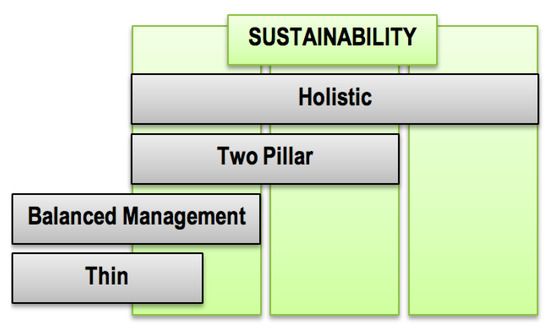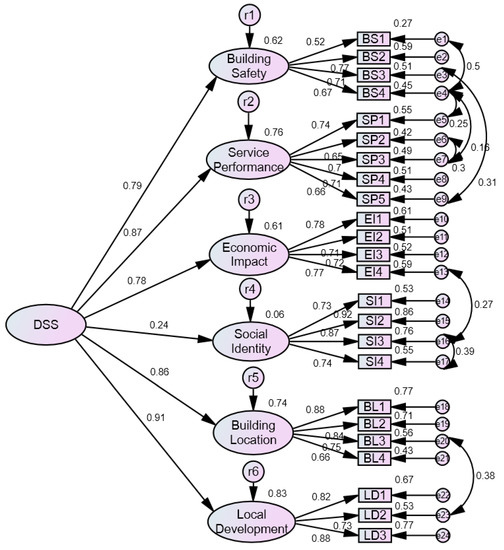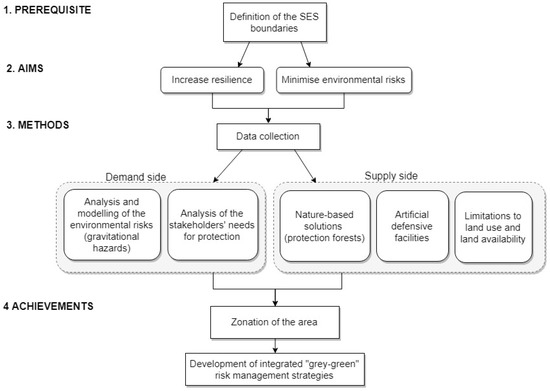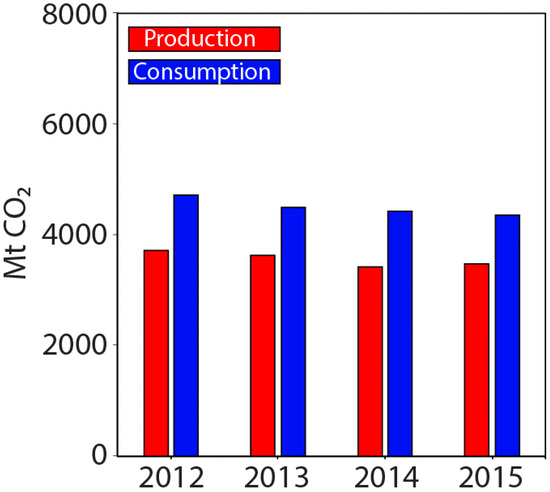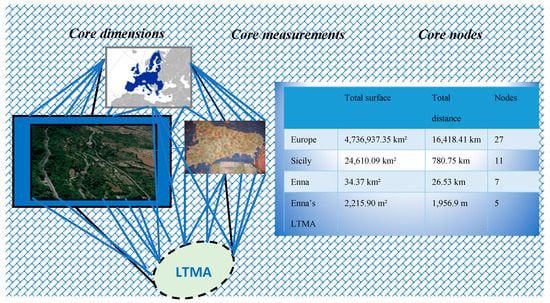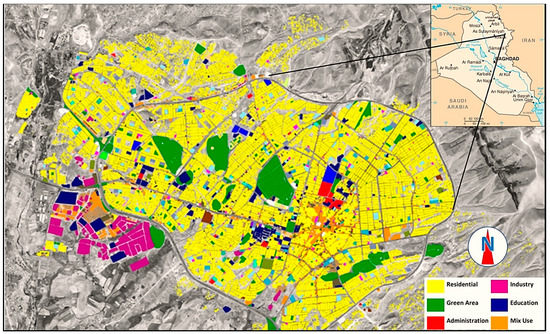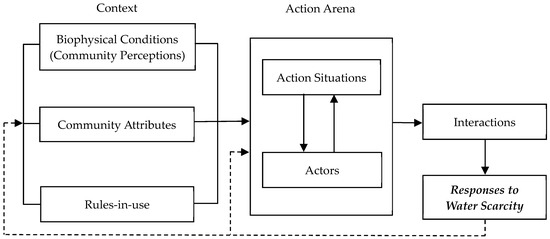Sustainability 2019, 11(2), 495; https://doi.org/10.3390/su11020495 - 18 Jan 2019
Cited by 184 | Viewed by 24069
Abstract
Organizations have several objectives, including competitiveness, high profit and long-term survival. However, sustainability has become a diligent act of business and non-business organizations because it moves organizations toward superior performance. Sustainability does not come itself; it requires enough resources and capabilities. Extant studies
[...] Read more.
Organizations have several objectives, including competitiveness, high profit and long-term survival. However, sustainability has become a diligent act of business and non-business organizations because it moves organizations toward superior performance. Sustainability does not come itself; it requires enough resources and capabilities. Extant studies have examined the factors that influence sustainability, but have rarely touched on innovation in this perspective. The present study examines the influence of management innovation and technological innovation on organization performance with the mediating role of sustainability. To test the model, we applied structural equation modeling in the analysis of a moment structures (AMOS) on the empirical evidence collected from 304 Pakistani CEOs and top managers. The results indicate that management innovation and technological innovation significantly positively contribute to sustainability and organization performance. Sustainability plays a partial mediating role between management innovation and organization performance and also a partial mediating role between technological innovation and organization performance. We recommend CEOs and top managers to give due attention to management innovation and technological innovation to enhance sustainability and survive the long run. Implications are discussed.
Full article
(This article belongs to the Section Economic and Business Aspects of Sustainability)
►
Show Figures


